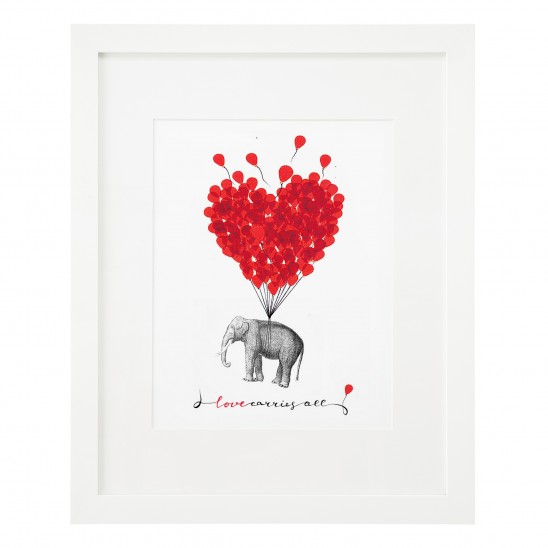Valentine’s day is a pretty special day. Whether you’re lucky in love, celebrate with single friends, or share the day with family members, you likely have something planned for February 14.
But, why is the occasion so important? Here are a few fun facts about St. Valentine’s Day.
Who is this St. Valentine guy, anyway?
Today, the Catholic church actually recognizes three saints by the name of Valentine or Valentinus. Each St. Valentine was martyred.
So, which one is the St. Valentine of St. Valentine’s Day?
Legend has it that the St. Valentine was a priest in Rome during the third century. The emperor at the time, Claudius II, decided that single men made better soldiers, not having their hearts promised to special someones and all. So, ol’ Claud outlawed Marriage. Valentine didn’t agree with the emperor’s rule and went around marrying folks anyway. Eventually, Valentine got caught and Claudius sentenced him to death for his defiance.
What does that have to do with cards and flowers?
Some believe that the St. Valentine fell in love while he was imprisoned and sent letters to his lover before he was martyred. Others say that another Valentine is responsible for ‘Valentines.’ Either way, the legend says that a man named Valentine fell in love with his jailer’s daughter while in prison. She secretly visited him in captivity, and before he died he wrote her a letter signed, “From your Valentine.”

Does that mean that Valentine’s Day is the biggest greeting card day of the year?
Not quite! Christmas is still the number one there. More greeting cards are sent on Christmas than any other day, but Valentine’s Day comes in second place.
Why is Valentine’s Day on February 14?
This is another question that’s answer has been argued over the years. Some folks say it’s because St. Valentine died in mid February. Other’s claim that it has to do with the ancient Roman Lupercalia festival, which took place on Feb. 15. The festival marked the start of spring and celebrated fertility.
Did the ancient Romans give each other Valentines?
Not exactly. The Lupercalia festival started with the sacrifice of a goat, for fertility, and a dog, for purification. Boys would slice the goat’s hide into strips, dip them in sacrificial blood, and and run around slapping women with the goathide strips. The women actually welcomed the slapping, because it was believed being touched by the sacrificial strips made them more fertile.
How else did they celebrate?
After the slap-fest, women would enter their names in an urn. The men would then draw names from the urn to chose the women they would be paired with for the upcoming year. These pairings often resulted in marriage.
Interesting tradition! So, that ended with the Romans?
Yes and no. While the custom of using a “lottery” to pick marriage partners didn’t last, the tradition did, in a way, live on. In England in the middle ages young men and women drew names to choose their Valentines. Then, they would pin the name to their sleeve. It’s believed that the term “wear your heart on your sleeve” comes from this custom.
How did our modern traditions come about?
While the oldest known Valentine still in existence is a poem written by Charles, Duke of Orleans to his wife in 1415, Valentine’s got a boost in popularity when Massachusetts native Esther Howland started selling the first mass-produced Valentine’s Day cards in the 1840s.
And that brings us to today…
Now, the average American spends about $100 on Valentine’s Day gifts, meals, and entertainment each year. As for cards, about 85% of those are sent by women. That isn’t saying that men don’t appreciate their Valentines. 73% of Valentine’s Day flower purchases are made by men.
Of course, flowers and cards aren’t the only way to celebrate this day of love. We have all kinds of gifts to help you make Valentine’s day extra special for the love of your life!
Sources: History.com, Women’s Day, About.com


